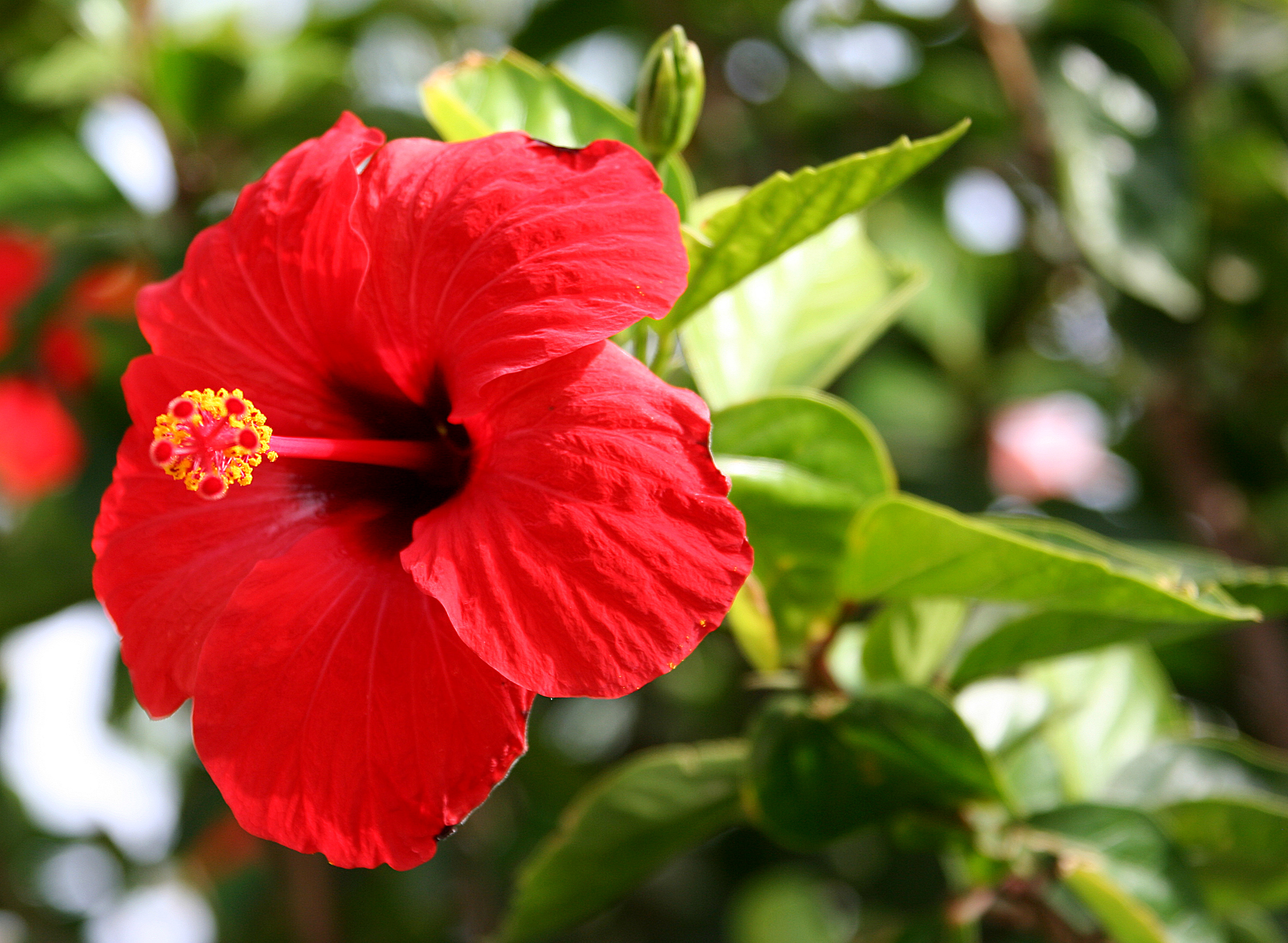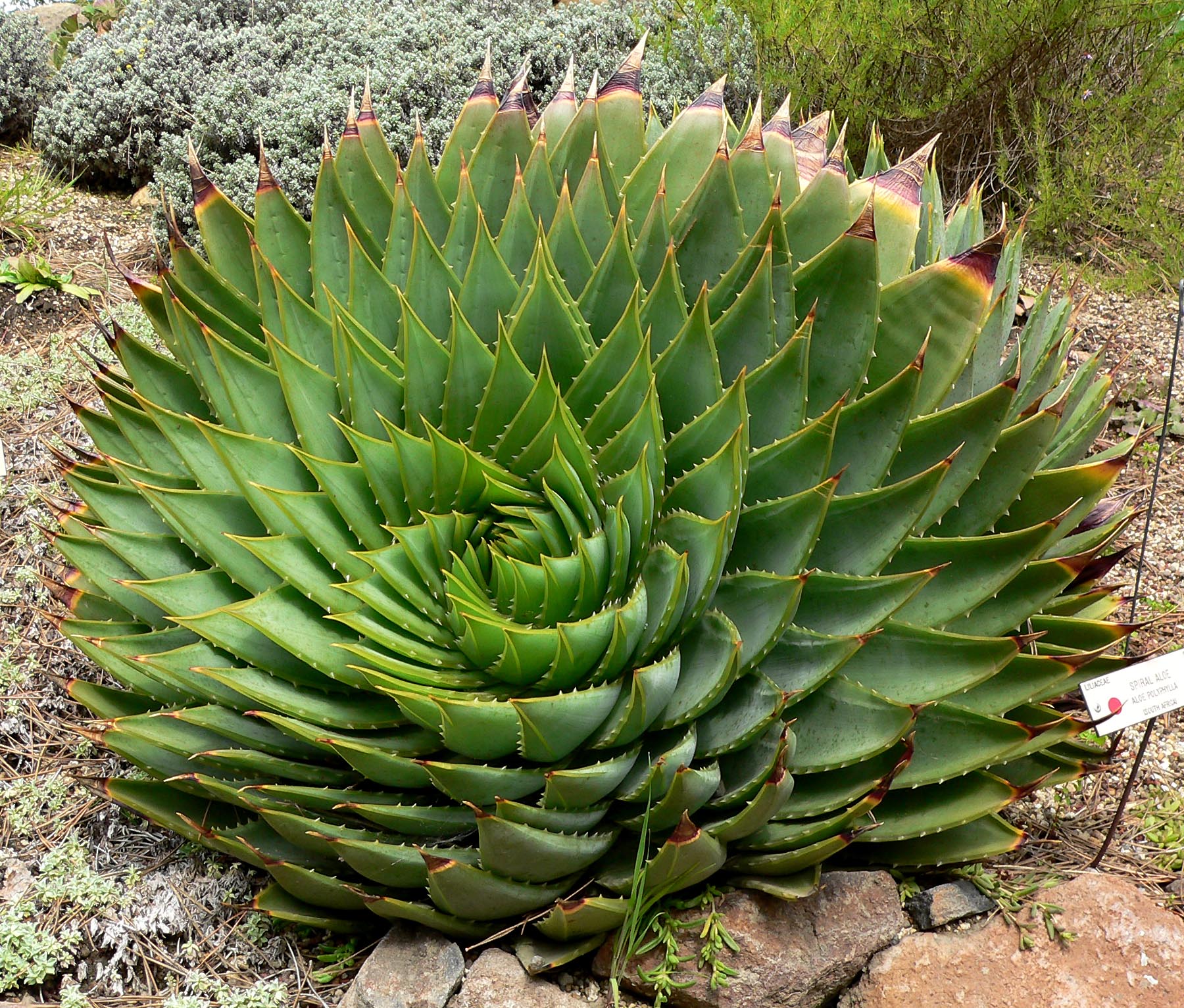|
Hibiscus × Rosa-sinensis
''Hibiscus'' × ''rosa-sinensis'', known colloquially as Chinese hibiscus, China rose, Hawaiian hibiscus, rose mallow and shoeblack plant, is a cultigen of tropical hibiscus, a flowering plant in the Hibisceae tribe of the family Malvaceae. It is an artificial hybrid created in cultivation in pre-European times by Polynesians in the west Pacific from the species ''Hibiscus cooperi'' and Hibiscus kaute, ''H. kaute''. It is widely cultivated as an ornamental plant in the tropics and subtropics. The hibiscus is the national flower of Malaysia, where it holds official status, and is also considered the unofficial national flower of Haiti. Description Tree and leaves ''Hibiscus'' × ''rosa-sinensis'' is a bushy, evergreen shrub or small tree growing tall and wide. The plant has a branched tap root, taproot. Its stem is aerial, erect, green, cylindrical, and branched. Its leaves are simple and petiole (botany), petiolate, with alternate phyllotaxy. The leaf shape is ova ... [...More Info...] [...Related Items...] OR: [Wikipedia] [Google] [Baidu] |
Papilio Demodocus
''Papilio demodocus'', the citrus swallowtail or Christmas butterfly, is a swallowtail butterfly which commonly occurs over the entirety of sub-Saharan Africa, including Madagascar, besides the southern Arabian Peninsula. The caterpillars feed on various native plants of especially the family Rutaceae, but have also taken to the leaves of cultivated citrus trees. Life cycle Citrus swallowtails pass through approximately three generations per year. Eggs Female butterflies lay their eggs singly on citrus leaves. After about six days, the egg hatches into an immature larva. Immature larva The immature larvae are black, yellow, and white with spikes. Their coloration provides effective camouflage, as they resemble bird droppings. They grow to a length of 10 or 15 mm before changing into mature larvae. Mature larva Mature larvae are green with white or pink markings and eyespots. They grow to a maximum length of about 45 mm. Mature caterpillars lack the camouflage of ... [...More Info...] [...Related Items...] OR: [Wikipedia] [Google] [Baidu] |
Hibiscus Kaute
''Hibiscus kaute'' is a species of flowering plant in the family Malvaceae, first described as a distinct species in 2022. It was initially recorded in the wild in Tahiti in the 1850s and may also be native to the Marquesas Islands, both part of French Polynesia French Polynesia ( ; ; ) is an overseas collectivity of France and its sole #Governance, overseas country. It comprises 121 geographically dispersed islands and atolls stretching over more than in the Pacific Ocean, South Pacific Ocean. The t .... It is one of the parent species of the widely cultivated ''Hibiscus'' × ''rosa-sinensis'', the other being '' Hibiscus cooperi''. References kaute Endemic flora of French Polynesia Plants described in 2022 {{Hibisceae-stub ... [...More Info...] [...Related Items...] OR: [Wikipedia] [Google] [Baidu] |
Reticular Venation
A leaf (: leaves) is a principal appendage of the plant stem, stem of a vascular plant, usually borne laterally above ground and specialized for photosynthesis. Leaves are collectively called foliage, as in "autumn foliage", while the leaves, stem, flower, and fruit collectively form the Shoot (botany), shoot system. In most leaves, the primary Photosynthesis, photosynthetic Tissue (biology), tissue is the palisade mesophyll and is located on the upper side of the blade or lamina of the leaf, but in some species, including the mature foliage of ''Eucalyptus'', palisade mesophyll is present on both sides and the leaves are said to be isobilateral. The leaf is an integral part of the stem system, and most leaves are flattened and have distinct upper (Glossary of botanical terms#adaxial, adaxial) and lower (Glossary of botanical terms#abaxial, abaxial) surfaces that differ in color, Trichome, hairiness, the number of stomata (pores that intake and output gases), the amount and ... [...More Info...] [...Related Items...] OR: [Wikipedia] [Google] [Baidu] |
Venation (botany)
A leaf (: leaves) is a principal appendage of the stem of a vascular plant, usually borne laterally above ground and specialized for photosynthesis. Leaves are collectively called foliage, as in "autumn foliage", while the leaves, stem, flower, and fruit collectively form the shoot system. In most leaves, the primary photosynthetic tissue is the palisade mesophyll and is located on the upper side of the blade or lamina of the leaf, but in some species, including the mature foliage of ''Eucalyptus'', palisade mesophyll is present on both sides and the leaves are said to be isobilateral. The leaf is an integral part of the stem system, and most leaves are flattened and have distinct upper ( adaxial) and lower ( abaxial) surfaces that differ in color, hairiness, the number of stomata (pores that intake and output gases), the amount and structure of epicuticular wax, and other features. Leaves are mostly green in color due to the presence of a compound called chlorophyll w ... [...More Info...] [...Related Items...] OR: [Wikipedia] [Google] [Baidu] |
Phyllotaxy
In botany, phyllotaxis () or phyllotaxy is the arrangement of leaves on a plant stem. Phyllotactic spirals form a distinctive class of patterns in nature. Leaf arrangement The basic arrangements of leaves on a stem are opposite and alternate (also known as spiral). Leaves may also be whorled if several leaves arise, or appear to arise, from the same level (at the same node) on a stem. With an opposite leaf arrangement, two leaves arise from the stem at the same level (at the same node), on opposite sides of the stem. An opposite leaf pair can be thought of as a whorl of two leaves. With an alternate (spiral) pattern, each leaf arises at a different point (node) on the stem. Distichous phyllotaxis, also called "two-ranked leaf arrangement" is a special case of either opposite or alternate leaf arrangement where the leaves on a stem are arranged in two vertical columns on opposite sides of the stem. Examples include various bulbous plants such as '' Boophone''. It a ... [...More Info...] [...Related Items...] OR: [Wikipedia] [Google] [Baidu] |
Petiole (botany)
In botany, the petiole () is the stalk that attaches the leaf blade to the Plant stem, stem. It is able to twist the leaf to face the sun, producing a characteristic foliage arrangement (spacing of blades), and also optimizing its exposure to sunlight. Outgrowths appearing on each side of the petiole in some species are called stipules. The terms wikt:petiolate, petiolate and wikt:apetiolate, apetiolate are applied respectively to leaves with and without petioles. Description The petiole is a stalk that attaches a leaf to the plant stem. In petiolate leaves the leaf stalk may be long (as in the leaves of celery and rhubarb), or short (for example basil). When completely absent, the blade attaches directly to the stem and is said to be Sessility (botany), sessile or apetiolate. Subpetiolate leaves have an extremely short petiole, and may appear sessile. The broomrape family Orobanchaceae is an example of a family in which the leaves are always sessile. In some other plant group ... [...More Info...] [...Related Items...] OR: [Wikipedia] [Google] [Baidu] |
Tap Root
A taproot is a large, central, and dominant root from which other roots sprout laterally. Typically a taproot is somewhat straight and very thick, is tapering in shape, and grows directly downward. In some plants, such as the carrot, the taproot is a storage organ so well developed that it has been cultivated as a vegetable. The taproot system contrasts with the adventitious- or fibrous-root system of plants with many branched roots, but many plants that grow a taproot during germination go on to develop branching root structures, although some that rely on the main root for storage may retain the dominant taproot for centuries—for example, ''Welwitschia''. Description Dicots, one of the two divisions of flowering plants (angiosperms), start with a taproot, which is one main root forming from the enlarging radicle of the seed. The tap root can be persistent throughout the life of the plant but is most often replaced later in the plant's development by a fibrous root system. ... [...More Info...] [...Related Items...] OR: [Wikipedia] [Google] [Baidu] |
Tree
In botany, a tree is a perennial plant with an elongated stem, or trunk, usually supporting branches and leaves. In some usages, the definition of a tree may be narrower, e.g., including only woody plants with secondary growth, only plants that are usable as lumber, or only plants above a specified height. But wider definitions include taller palms, tree ferns, bananas, and bamboos. Trees are not a monophyletic taxonomic group but consist of a wide variety of plant species that have independently evolved a trunk and branches as a way to tower above other plants to compete for sunlight. The majority of tree species are angiosperms or hardwoods; of the rest, many are gymnosperms or softwoods. Trees tend to be long-lived, some trees reaching several thousand years old. Trees evolved around 400 million years ago, and it is estimated that there are around three trillion mature trees in the world currently. A tree typically has many secondary branches supported cle ... [...More Info...] [...Related Items...] OR: [Wikipedia] [Google] [Baidu] |
Shrub
A shrub or bush is a small to medium-sized perennial woody plant. Unlike herbaceous plants, shrubs have persistent woody stems above the ground. Shrubs can be either deciduous or evergreen. They are distinguished from trees by their multiple Plant stem, stems and shorter height, less than tall. Small shrubs, less than tall are sometimes termed as subshrubs. Many botany, botanical groups have species that are shrubs, and others that are trees and herbaceous plants instead. Some define a shrub as less than and a tree as over 6 m. Others use as the cutoff point for classification. Many trees do not reach this mature height because of hostile, less than ideal growing conditions, and resemble shrub-sized plants. Others in such species have the potential to grow taller in ideal conditions. For longevity, most shrubs are classified between Perennial plant, perennials and trees. Some only last about five years in good conditions. Others, usually larger and more woody, live beyond ... [...More Info...] [...Related Items...] OR: [Wikipedia] [Google] [Baidu] |
Evergreen
In botany, an evergreen is a plant which has Leaf, foliage that remains green and functional throughout the year. This contrasts with deciduous plants, which lose their foliage completely during the winter or dry season. Consisting of many different species, the unique feature of evergreen plants lends itself to various environments and purposes. Evergreen species There are many different kinds of evergreen plants, including trees, shrubs, and vines. Evergreens include: * Most species of conifers (e.g., pine, Tsuga, hemlock, spruce, and fir), but not all (e.g., larch). * Live oak, holly, and "ancient" gymnosperms such as cycads * Many woody plants from frost-free climates * Rainforest trees * All eucalypts * Lycopodiopsida, Clubmosses and relatives * Most bamboos The Latin binomial term , meaning "always green", refers to the evergreen nature of the plant, for instance: :''Cupressus sempervirens'' (a cypress) :''Lonicera sempervirens'' (a honeysuckle) :''Sequoia sempervirens'' ... [...More Info...] [...Related Items...] OR: [Wikipedia] [Google] [Baidu] |
Hibiscus Kerala
''Hibiscus'' is a genus of flowering plants in the mallow family, Malvaceae. The genus is quite large, comprising several hundred species that are native to warm temperate, subtropical and tropical regions throughout the world. Member species are renowned for their large, showy flowers and those species are commonly known simply as "hibiscus", or less widely known as rose mallow. The genus includes both annual and perennial herbaceous plants, as well as woody shrubs and small trees. Several species are widely cultivated as ornamental plants, notably ''Hibiscus syriacus'' and ''Hibiscus'' × ''rosa-sinensis''. A tea made from the flowers of ''Hibiscus sabdariffa'' is known by many names around the world and is served both hot and cold. The beverage is known for its red colour, tart flavour, and Vitamin C content. Etymology The generic name is derived from the Greek name ἰβίσκος (''ibískos'') which Greek botanist Pedanius Dioscorides gave to a plant now scientif ... [...More Info...] [...Related Items...] OR: [Wikipedia] [Google] [Baidu] |








